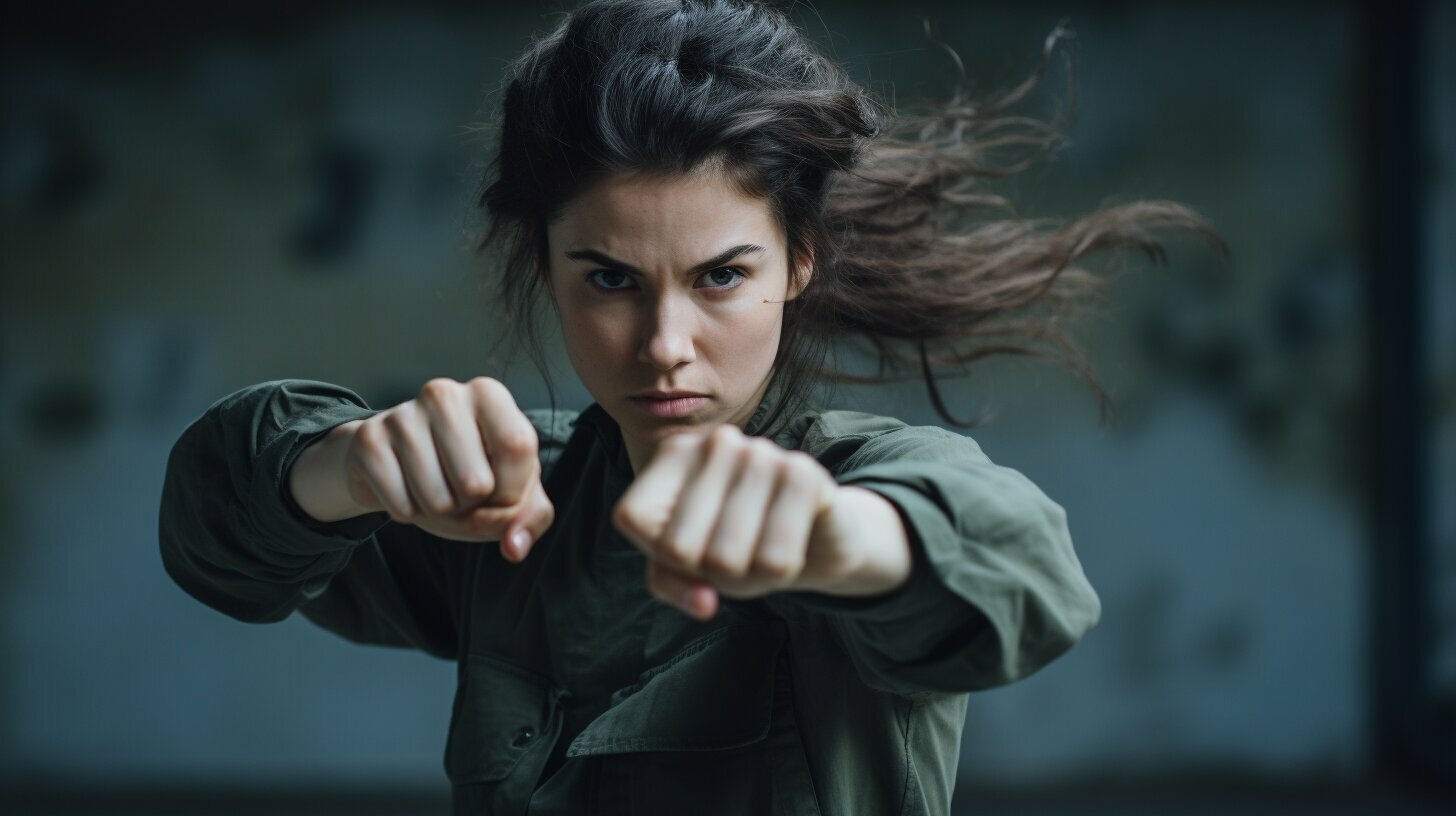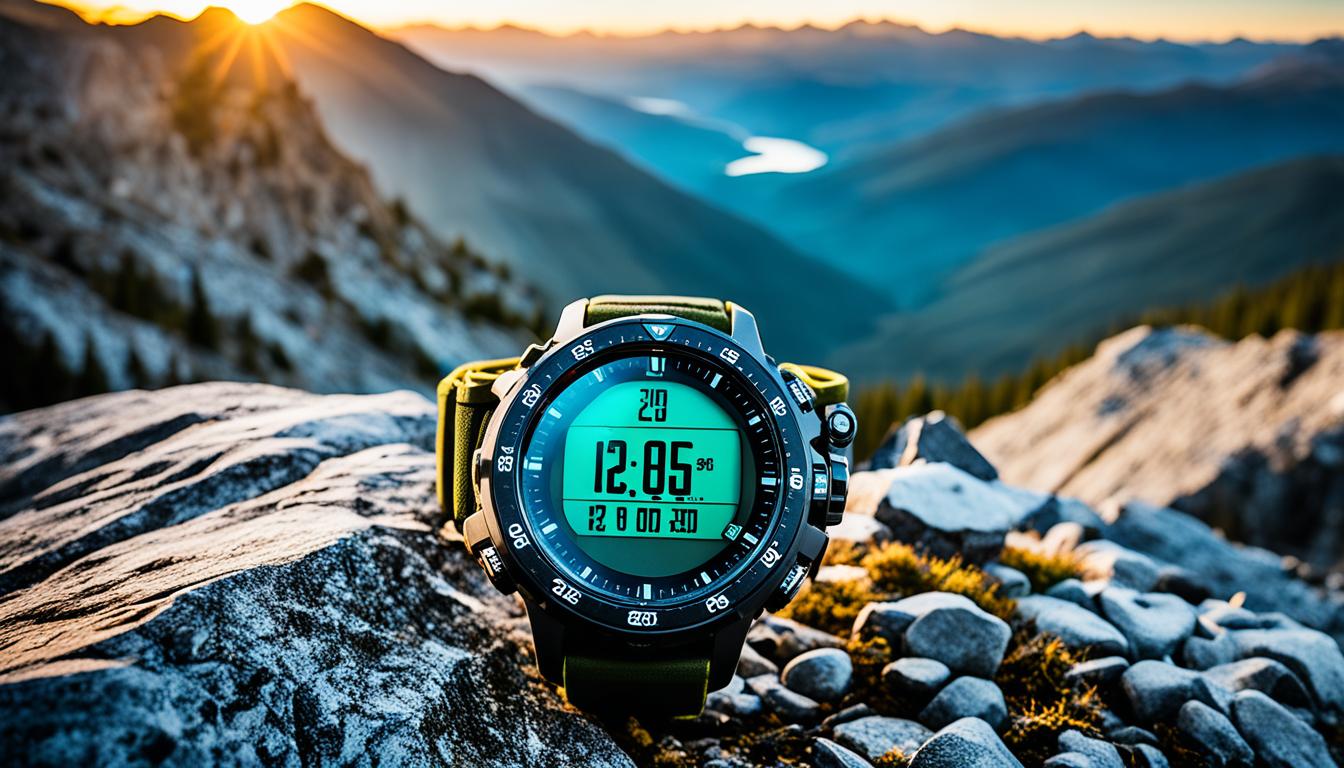Violent crimes can happen anytime, anywhere, and to anyone. It is crucial to have effective self-defense techniques to protect yourself and your loved ones. Being prepared and knowledgeable can make all the difference in a dangerous situation. In this article, you will learn self-defense tips, techniques, and strategies to empower yourself.
Key Takeaways
- Self-defense strategies are essential for personal safety.
- Effective self-defense techniques can save your life in dangerous situations.
- Stay tuned in this article to learn how to protect yourself with self-defense tips, training, and tools.
Understanding Self-Defense: Tips and Techniques for Beginners
Self-defense is all about being prepared and having the right techniques to protect yourself in a dangerous situation. If you’re new to self-defense, it’s important to start with the basics before moving on to more advanced strategies.
One of the most important self-defense techniques for beginners is learning simple self-defense moves. These moves can help you create distance between yourself and your attacker, giving you time to escape or call for help. Some effective self-defense moves include:
Disclosure: When you buy through links on our site, we may earn an affiliate commission.
- Palm strike: Use the heel of your hand to strike the attacker’s nose or chin.
- Elbow strike: Use the point of your elbow to strike the attacker’s face or chest.
- Knee strike: Aim for the attacker’s groin when using a knee strike.
- Eye gouge: Use your fingers to poke the attacker’s eyes.
It’s also important to practice situational awareness. This means being aware of your surroundings, so you can spot potential threats before they become dangerous. Avoid areas that are poorly lit or isolated, and trust your instincts if you feel uncomfortable in a certain situation.
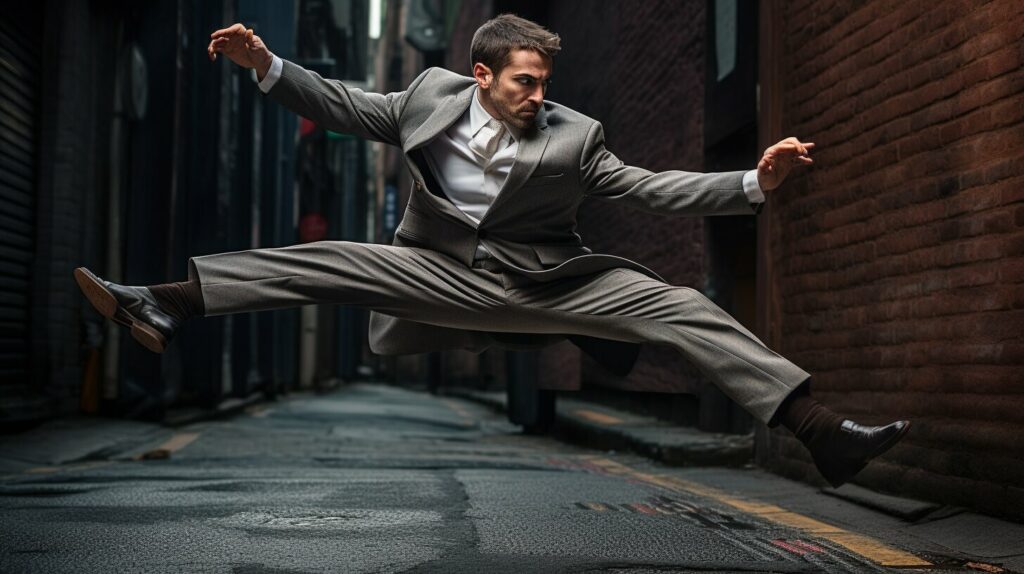
Remember, self-defense isn’t just about physical techniques. It’s also about having the confidence to trust your instincts and take action if necessary. By practicing these techniques and staying aware of your surroundings, you can empower yourself and increase your chances of staying safe in a dangerous situation.
Self-Defense Techniques for Women: Empowering Yourself
As a woman, it’s important to feel empowered and equipped with self-defense techniques that can help keep you safe in potentially dangerous situations. Here are a few techniques to consider:
| Technique | Description |
|---|---|
| Escape from wrist grabs | If an attacker grabs your wrist, twist your arm out of their grasp and step back quickly. This can give you the chance to flee to safety. |
| Target the attacker’s vulnerable areas | In the event of an attack, aim for vulnerable areas like the eyes, nose, throat, or groin. This can help give you time to flee or seek help. |
| Use your elbow | If an attacker is close, use your elbow to strike their face or chest. This can create distance between you and the attacker and give you time to get away. |
Remember, the most important aspect of self-defense is to remain calm and confident. Practice these techniques often so that they become second nature to you in the event of an attack. Additionally, taking a self-defense class specifically designed for women can further increase your knowledge and readiness.
Being prepared and empowered with the right self-defense techniques can make all the difference in a dangerous situation. By taking steps to protect yourself, you can feel more confident and in control of your personal safety.
Self-Defense Training: Building Skills and Confidence
If you’re serious about self-defense, it’s essential to invest in proper training. Self-defense training can help you build the skills and confidence necessary to protect yourself in dangerous situations.
With so many options available, it’s important to do your research and find a reputable training program that matches your needs and goals. Look for programs that focus on practical, effective self-defense techniques and provide opportunities for ongoing practice and feedback.
When choosing a self-defense training program, consider factors such as the instructor’s experience and qualifications, the curriculum and teaching style, and the training environment. Look for programs that emphasize personal safety and encourage students to ask questions and seek clarification.
Remember, self-defense training is an ongoing process that requires regular practice and dedication. By committing to training, you’ll develop the skills and confidence you need to protect yourself and those around you.
Self-Defense Training: Building Skills and Confidence Tips
1. Research your options: Take the time to research different training programs to find one that’s right for you.
2. Choose a reputable instructor: Look for an instructor with a proven track record of providing effective, practical self-defense training.
3. Set realistic goals: Set achievable goals for yourself and track your progress along the way.
4. Practice regularly: Consistent practice is key to building self-defense skills and confidence.
5. Be open to feedback: Listen to feedback from your instructor and fellow students and use it to improve your technique.
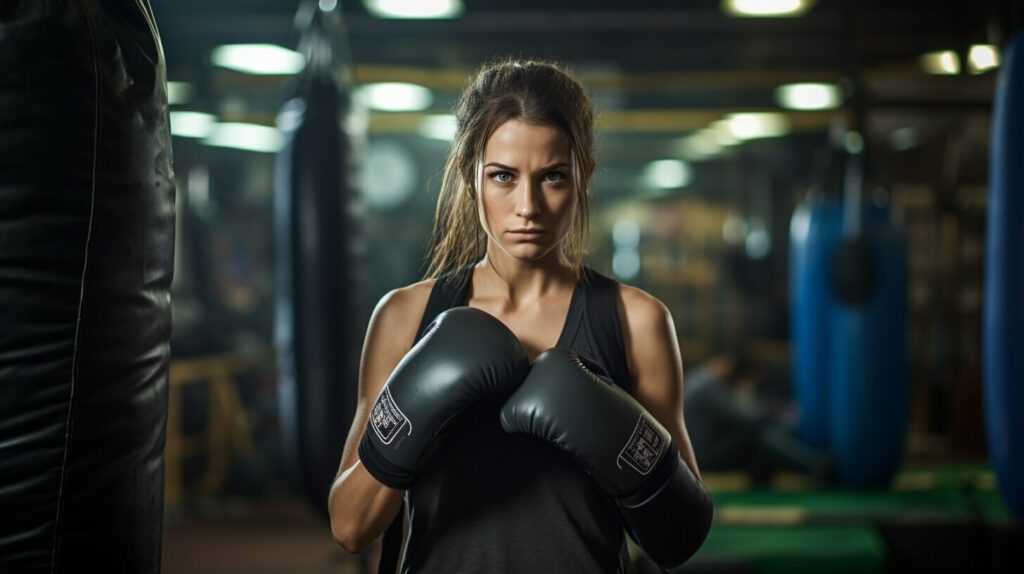
“Self-defense training is an ongoing process that requires regular practice and dedication.”
Simple Self-Defense Tips to Enhance Personal Safety
When it comes to personal safety, being prepared is key. Here are some simple self-defense tips that can help you stay safe:
- Be aware of your surroundings: Stay alert and attentive to your surroundings when you’re out and about. Avoid distractions like your phone or music player, and take note of any potential dangers that might be lurking.
- Trust your instincts: If something doesn’t feel right, it probably isn’t. Don’t be afraid to trust your gut and take action to protect yourself.
- Use body language to your advantage: Stand up straight, walk confidently, and make eye contact with those around you. This can help deter potential attackers and make you a less appealing target.
- Stay in well-lit areas: If you’re walking alone at night, stick to well-lit areas and avoid lonely alleyways or dimly-lit streets.
- Carry a personal safety alarm: Personal alarms are small, easy-to-carry devices that emit a loud, attention-grabbing sound when activated. Consider keeping one with you at all times to scare off potential attackers and draw attention to your situation.
- Practice self-defense moves: Learning basic self-defense moves can give you the confidence and skills you need to protect yourself in a dangerous situation. Consider taking a self-defense class or practicing at home with a partner.
By following these simple tips and staying alert and prepared, you can take charge of your personal safety and reduce your risk of becoming a victim of crime.
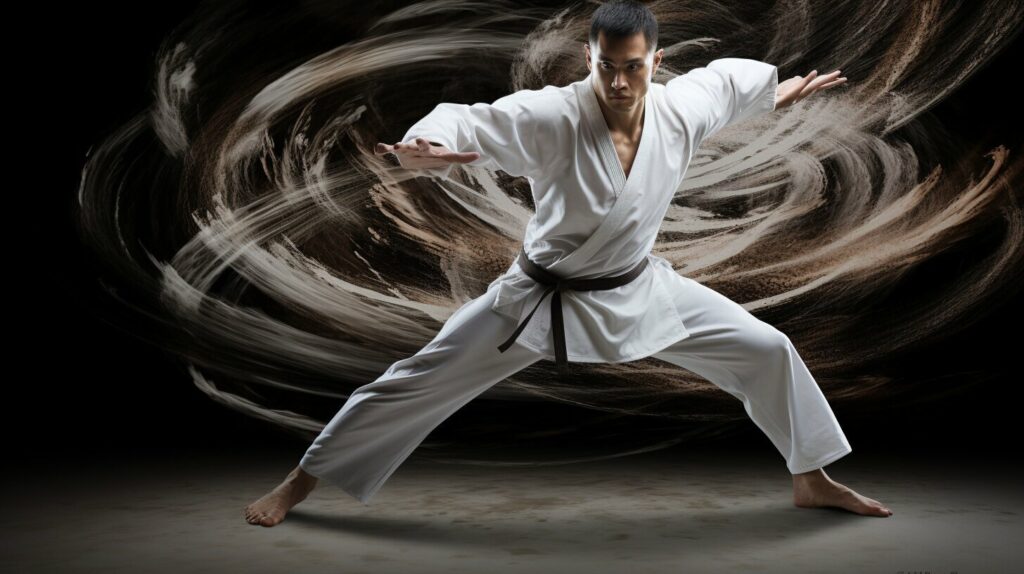
Self-Defense Weapons: Choosing the Right Tools for Safety
When it comes to personal safety, having the right self-defense weapon can make all the difference. However, with so many options available, it can be challenging to know which one is right for you. Here are some factors to consider when choosing a self-defense weapon:
| Type | Advantages | Disadvantages |
|---|---|---|
| Pepper Spray | -Effective at a distance -Affordable -Non-lethal | -May not work on everyone -May blow back in wind |
| Taser | -Effective at disabling attacker -Non-lethal | -Short range -Can be expensive |
| Knife | -Effective for close range -Small and easy to carry | -Can be dangerous to user -Deadly force may not be necessary |
| Firearm | -Highly effective at stopping attackers -Proven deterrent | -Legal restrictions and requirements -Deadly force may not be necessary |
It’s essential to choose a self-defense weapon that you are comfortable and confident using. Consider taking a self-defense class to learn how to use your chosen weapon and practice regularly. It’s also important to educate yourself on legal considerations and responsible use of your self-defense weapon.
Remember, a self-defense weapon should always be a last resort. Situational awareness, avoiding dangerous situations, and basic self-defense techniques are often the most effective ways to protect yourself. Choose your weapon wisely and always prioritize your personal safety.
Self-Defense Techniques for Kids: Building Confidence and Awareness
Teaching self-defense techniques to your kids can go a long way in building their confidence and awareness. It helps them to recognize potentially dangerous situations and empowers them to take steps to protect themselves.
Start by having an open conversation with your child about personal safety. Emphasize the importance of trusting their instincts and speaking up when something doesn’t feel right.
Teach your child some basic moves, such as the palm strike, elbow strike, and knee strike. These moves can be effective in creating distance between your child and an attacker.
Additionally, practice scenarios with your child so they can learn how to react in different situations. For example, teach them how to respond if someone grabs their arm or tries to take them somewhere.
It’s important to note that self-defense isn’t just physical. Encourage your child to be aware of their surroundings and to avoid situations where they feel uncomfortable or unsafe.
Teaching your child self-defense techniques can also improve their overall physical fitness and coordination. It’s a fun and interactive way to spend time with your child while also providing them with valuable life skills.
| Self-Defense Techniques for Kids | Benefits |
|---|---|
| Basic moves | Creates distance between child and attacker |
| Scenario practice | Teaches child how to react in different situations |
| Heightened awareness | Encourages child to avoid unsafe situations |
| Physical fitness | Improves overall health and coordination |
Remember to always reinforce the importance of seeking help from a trusted adult if your child feels in danger. By teaching your child self-defense techniques and promoting awareness, you are helping them to take control of their own safety.
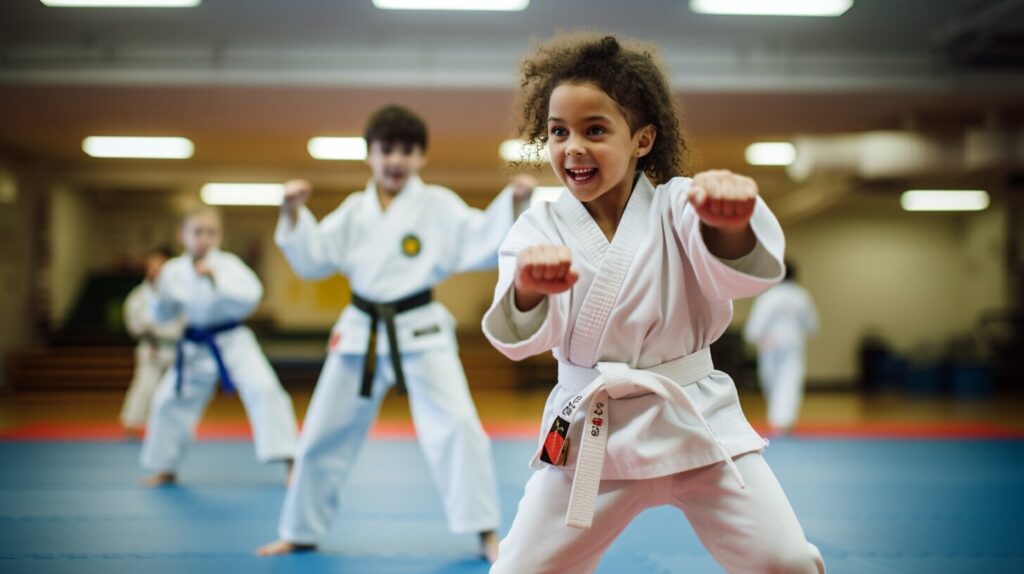
The Key Elements of Effective Self-Defense Strategies
Self-defense strategies are essential for ensuring personal safety and security. To maximize the effectiveness of these strategies, it’s important to understand the key elements that make them successful.
First and foremost, mental preparedness is crucial. Being aware of your surroundings and potential threats can give you the critical moments needed to react in a dangerous situation. Additionally, having a plan in place for various scenarios can help you make quick decisions and take necessary actions.
Physical techniques are also important elements of effective self-defense strategies. Learning and mastering basic moves such as punches, kicks, and blocks can give you confidence in your ability to protect yourself. It’s also important to remember that physical strength is not the only factor in self-defense. Techniques that leverage leverage momentum, leverage, and proper positioning can be even more effective than brute force.
Finally, regular practice is essential for maintaining these skills and building confidence. Incorporating self-defense techniques into your daily routine, such as practicing moves during your workout or visualizing scenarios, can keep your skills sharp and ready for use in case of emergency.
By focusing on these key elements, you can create effective self-defense strategies that will empower you with the confidence and skills needed to protect yourself.
Enhancing Personal Safety: A Holistic Approach
Self-defense is not just about physical techniques, but also mental preparedness and overall well-being. Taking a holistic approach to your personal safety can help you feel more confident and empowered in any situation. Here are some key elements to consider:
Physical Fitness
Maintaining good physical fitness can enhance your ability to defend yourself. Regular exercise can improve your strength, speed, and endurance, all of which are important components of effective self-defense. Plus, staying active can help you feel more confident and energized in your daily life.
Mental Well-being
Being mentally prepared is just as important as being physically prepared. This means cultivating a sense of awareness and confidence that can help you stay calm and focused in stressful situations. Techniques like meditation, deep breathing, and visualization can help you stay centered and grounded.
Integration into Daily Routines
Self-defense should be an integral part of your daily routine. This means being aware of your surroundings, avoiding dangerous situations when possible, and being prepared to defend yourself if necessary. Taking a self-defense class, practicing situational awareness, and learning basic self-defense techniques are all important steps to take.
By taking a holistic approach to your personal safety, you can feel more confident and empowered in any situation. Remember, self-defense is not just about physical techniques, but also mental preparedness and overall well-being.
Conclusion
Throughout this article, you learned about the importance of self-defense strategies and techniques to empower yourself and enhance your personal safety. Whether you are a beginner or have experience with self-defense, there are always new techniques and tips to learn to improve your skills.
By understanding self-defense, learning basic moves, and attending training programs, you can build your confidence and skills to protect yourself in dangerous situations. It is also important to consider self-defense weapons, such as non-lethal options, and understand responsible use and legal considerations.
Teaching self-defense techniques to children can help them build confidence and awareness, and implementing a holistic approach to personal safety that includes physical fitness and mental well-being can further enhance your overall security.
Take Action and Empower Yourself with Self-Defense Strategies
By taking control of your personal safety and implementing effective self-defense strategies, you can live with greater confidence and peace of mind. Remember to stay aware of your surroundings, avoid dangerous situations when possible, and practice your self-defense techniques regularly to better prepare yourself for any potential threats.
Thank you for reading this guide on self-defense strategies, and we hope that it has provided you with valuable insights and information to help you stay safe.
FAQ
Q: What are self-defense strategies?
A: Self-defense strategies are techniques and methods that individuals can use to protect themselves from potential harm or danger.
Q: Are self-defense techniques effective?
A: Yes, when practiced and implemented correctly, self-defense techniques can be highly effective in enhancing personal safety.
Q: Are self-defense tips suitable for beginners?
A: Yes, self-defense tips are applicable to individuals of all skill levels, including beginners. It is important to start with basic techniques and gradually progress.
Q: Are there specific self-defense techniques for women?
A: Yes, there are self-defense techniques that are specifically tailored for women, taking into consideration their physical strengths and vulnerabilities.
Q: How can self-defense training help build skills and confidence?
A: Self-defense training can provide individuals with the necessary skills and confidence to handle potential threats or dangerous situations effectively.
Q: What are some simple self-defense tips for everyday life?
A: Simple self-defense tips include being aware of your surroundings, trusting your instincts, and avoiding risky situations whenever possible.
Q: Are there legal considerations when using self-defense weapons?
A: Yes, it is crucial to be aware of the legal regulations and restrictions surrounding the possession and use of self-defense weapons.
Q: What are age-appropriate self-defense techniques for children?
A: Age-appropriate self-defense techniques for children focus on teaching them basic strategies for personal safety, such as assertiveness and verbal communication.
Q: What are the key elements of effective self-defense strategies?
A: The key elements of effective self-defense strategies include mental preparedness, physical techniques, and consistent practice.
Q: How can a holistic approach enhance personal safety?
A: A holistic approach to personal safety involves integrating self-defense techniques with physical fitness, mental well-being, and daily routines to enhance overall security.

